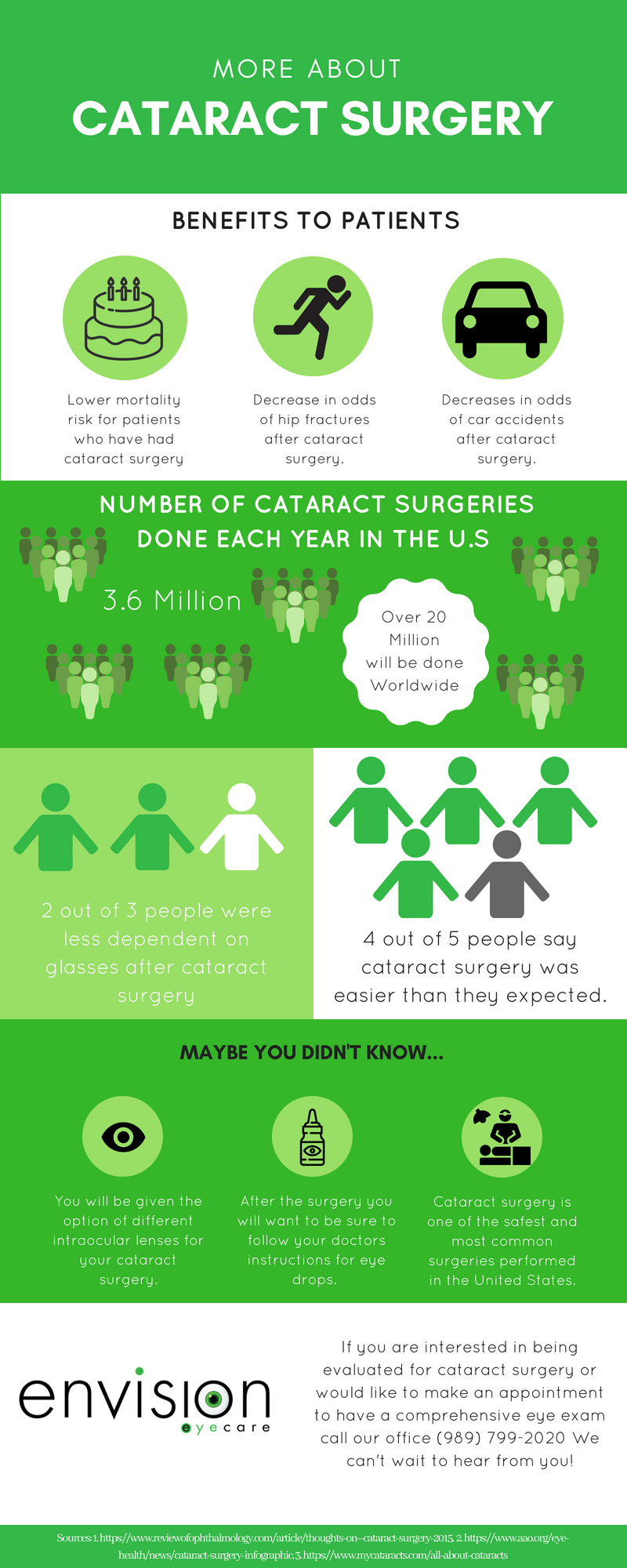Interested About The Distinctions Between SMILE, LASIK, And PRK Eye Surgical Procedures?
Interested About The Distinctions Between SMILE, LASIK, And PRK Eye Surgical Procedures?
Blog Article
Short Article By-McElroy Chase
If you've been thinking about SMILE eye surgical treatment, you might question how it stacks up against LASIK and PRK. Each procedure has its own collection of benefits and considerations. From quicker healing times to potential dangers, there are essential distinctions you need to recognize prior to choosing. Understanding these distinctions will certainly help you make an enlightened selection that straightens with your details requirements and assumptions. Interested to understand even more concerning just how these treatments compare in detail? Keep on checking out to acquire an extensive understanding of SMILE, LASIK, and PRK.
SMILE Eye Surgical Treatment Summary
If you're considering SMILE eye surgery, you'll find it to be a minimally invasive treatment with a quick healing time. During SMILE (Small Cut Lenticule Extraction), a laser is made use of to create a little, exact cut in the cornea to get rid of a tiny piece of tissue, improving it to fix your vision. This differs from LASIK, where a flap is produced, and PRK, where the outer layer of the cornea is totally removed.
Among the vital benefits of SMILE is its minimally invasive nature, leading to a faster healing procedure and less pain post-surgery. The recuperation time for SMILE is reasonably quick, with numerous clients experiencing boosted vision within a day or two. This makes it a preferred selection for those seeking a convenient and reliable vision correction procedure. In addition, SMILE has been shown to have a lower risk of dry eye disorder compared to LASIK, making it a positive alternative for people concerned regarding this possible side effect.
Distinctions In Between SMILE, LASIK, and PRK
When comparing SMILE, LASIK, and PRK eye surgical treatments, it's important to understand the unique techniques made use of in each procedure for vision modification.
SMILE (Tiny Incision Lenticule Removal) is a minimally intrusive procedure that includes producing a small cut to remove a lenticule from the cornea, improving it to fix vision.
LASIK (Laser-Assisted Sitting Keratomileusis) involves developing a thin flap on the cornea, using a laser to improve the underlying cells, and then rearranging the flap.
https://www.dailymail.co.uk/health/article-6497495/The-laser-eye-surgery-patients-driven-suicide.html (Photorefractive Keratectomy) gets rid of the external layer of the cornea prior to reshaping the cells with a laser.
The main distinction lies in the method the cornea is accessed and treated. SMILE is flapless, making it a great option for people with thin corneas or those involved in contact sports. LASIK offers rapid aesthetic healing because of the flap production, but it might position a higher threat of flap-related issues. PRK, although having a much longer healing duration, stays clear of flap-related concerns completely.
Recognizing these variations is critical in picking one of the most ideal treatment for your vision correction requirements.
Benefits And Drawbacks Comparison
To review the advantages and downsides of SMILE, LASIK, and PRK eye surgeries, it's essential to take into consideration the certain advantages and possible restrictions of each procedure. SMILE surgery uses the benefit of a minimally intrusive procedure, with a smaller cut and potentially quicker recovery time contrasted to LASIK and PRK. https://how-to-get-lasik39506.is-blog.com/32761291/the-future-of-glaucoma-therapy-developments-and-advancements reduces the danger of completely dry eye post-surgery, an usual adverse effects of LASIK. However, SMILE may have limitations in dealing with higher levels of nearsightedness or astigmatism contrasted to LASIK.
LASIK surgical treatment supplies fast aesthetic recuperation and minimal pain during the procedure. It's highly efficient in dealing with a wide range of refractive errors, including nearsightedness, hyperopia, and astigmatism. Yet, LASIK lugs a threat of flap problems, which can affect the corneal framework.
PRK eye surgical treatment, while not as prominent as LASIK, avoids creating a corneal flap, lowering the threat of flap-related difficulties. It appropriates for clients with thin corneas or irregular corneal surfaces. Nevertheless, PRK has a much longer recovery time and may involve extra discomfort throughout the healing process.
Verdict
So, when it involves picking in between SMILE, LASIK, and PRK, think of it like choosing the perfect pair of footwear. SMILE is like a streamlined, comfortable set of tennis shoes - quick and very easy.
LASIK is more like stylish high heels - fancy and fast, but with some prospective dangers.
PRK is like strong treking boots - trusted and resilient, yet calling for a bit more time and effort.
Inevitably, the most effective selection depends upon your private demands and choices.
